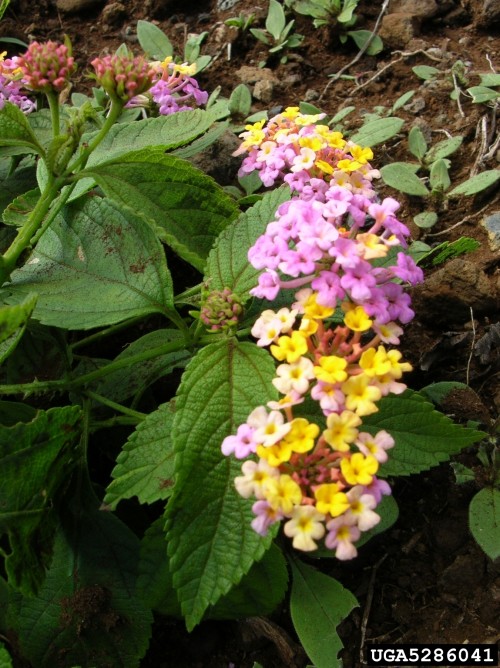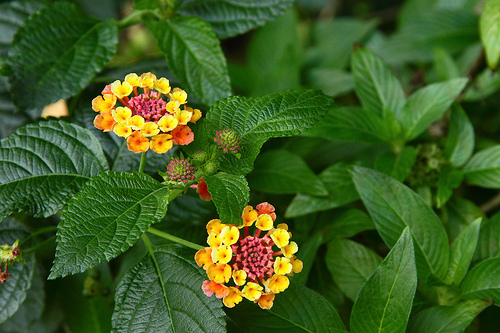RED ALERT: Can a plant become a problem for the tigers? A new study shows, it can. Lantana (Lantana camara), a perennial flowering shrub, bearing multi coloured flowers has become a problem for tiger reserves across the country. A report finds the invasive species that has high adaptability is causing havoc to biodiversity in tropical and subtropical areas across the country indirectly affecting the tiger population.
A study conducted at Mudumalai Tiger Reserve in Tamil Nadu warned that the tiger population could diminish significantly if the lantanas were not removed from the forest.
Lantanas affect the ecosystem in the following ways,
1. The herb grows rapidly preventing other plants, grass or shrub from growing. This in turn results in the herbivores to migrate to other areas in search of food or in general reducing their numbers. Subsequently, carnivores are deprived of their prey.
2. The leaves and berries of lantanas contain toxic substances that affect rabbits, guinea pigs, cattle, sheep and horses. Lantana poisoning has been reported in India regularly, more so in times of drought when fodder is insufficient.
Not just the Mudumalai Tiger Reserve, even the Nagarahole National Park and Bandipur National Park in neighbouring Karnataka and the Jim Corbett National Park in Uttarakhand are amongst the worst-hit by the spread of this flowery shrub. Lantanas were first introduced in India in 1807 in the Himalayas and have steadily made their way down to the southernmost regions as well.
According to Anil Vaidya, Conservator Forests, (CAT plan) Shimla, the growth of native species like bule, kachnar, ohi and kamal have been harmed by lantana. The worst affected districts are those of Mandi, Hamirpur and Solan in Himachal Pradesh. Shrinking of pastures has also been noticed in the Shivalik foothills of Jammu and Kashmir.
Yet another impact of the lantana is the increased human-animal interaction caused by movement of leopards into human settlements in the absence of prey. Because of lantana invasion, chital, Indian Gaur, spotted deer, sambar and other wild ungulate population has seen a decrease in number forcing predators to look for prey outside forests.
Steps to Stop the Spread
Problem of Lantana overgrowth was noted for a long time and aggressive measures taken from time to time to eradicate or cut back the rapid spread of the plant. But measures including fire, chemicals etc. have all failed.

About ten years back, The Corbett Tiger Reserve however adopted the Root Cut Stock methodology to treat areas encroached by lantana. According to the Deputy Director of the reserve, Saket Badola, this is proving to be helpful to get rid of this species. He explained that after clearing the lantanas the areas are monitored for three years and grass suitable for cattle is grown. Lantana grows in about 30 to 35 per cent of the reserve area.
The ‘Cut Root Stock’ method is being implemented in Himachal with suitable modifications depending on the climatic conditions. This has resulted in the growth of local grasses and flora. The method is cost-effective and minimally affects the soil.
In Himachal Pradesh 177,000 hectares of land has been noted to be encroached by lantana, and the main concern is to control the pace of the spread of this weed, says Mr.Vaidya. Over 8776 hectares have been treated and 5000 hectares has been set as the target for the current financial year.
Hopefully, the invasive lantana species and its rapid growth will be contained so as to give wild herbivores a varied variety of local plants to feed on and thereby ensuring that the predators like the tiger have sufficient prey population.
More Related Stories,
Sikkim Becomes the Greenest State of India
Man-made Wetland Becomes Haven for Birds in Karnataka
Invasive Species Eating Away Forest Cover of Andaman Islands










One thought on “Lovely Lantana Spelling Doom for Tigers”